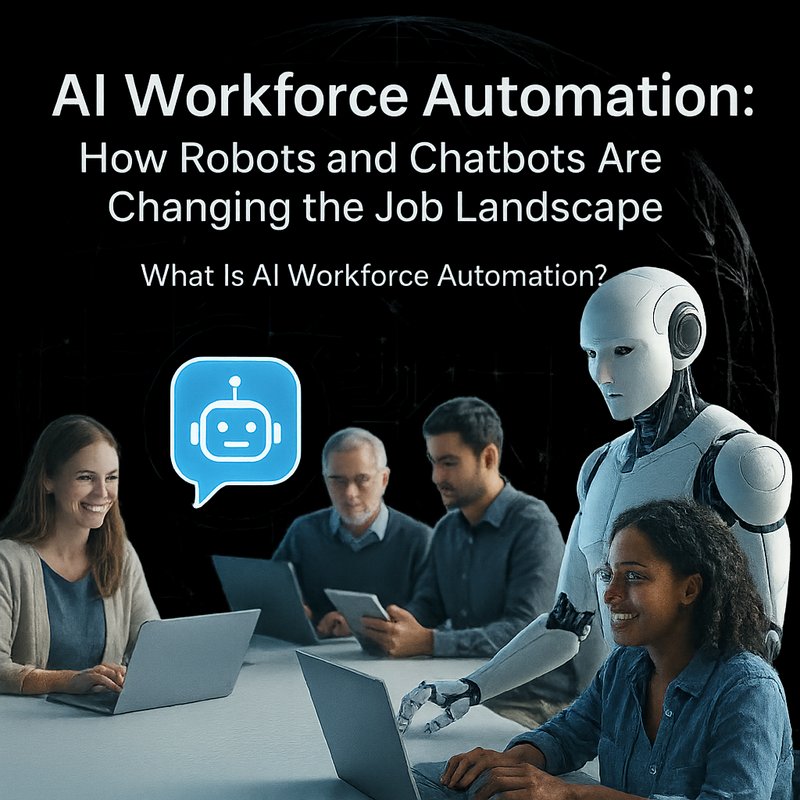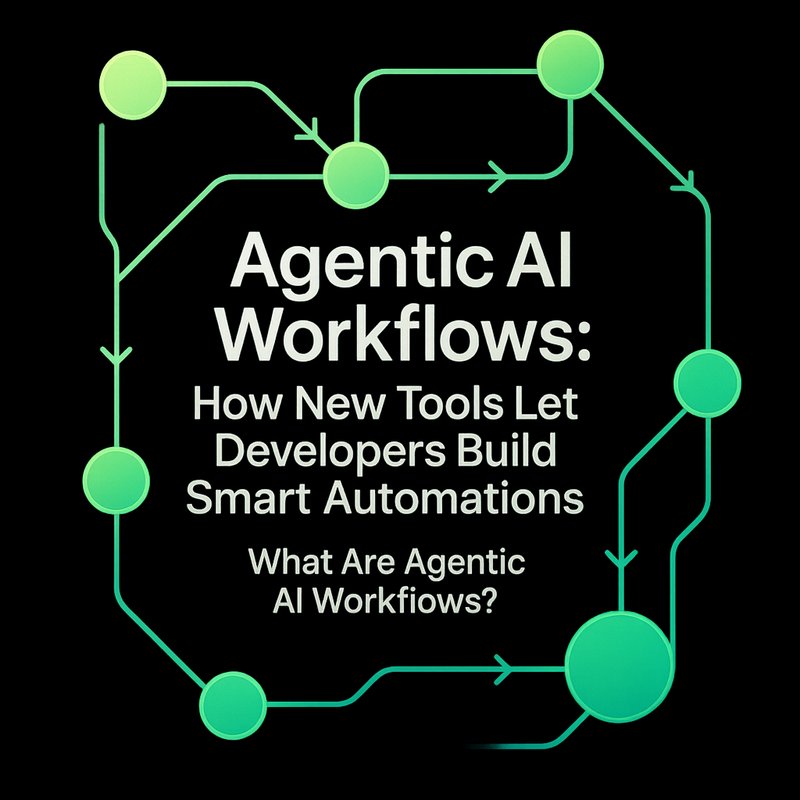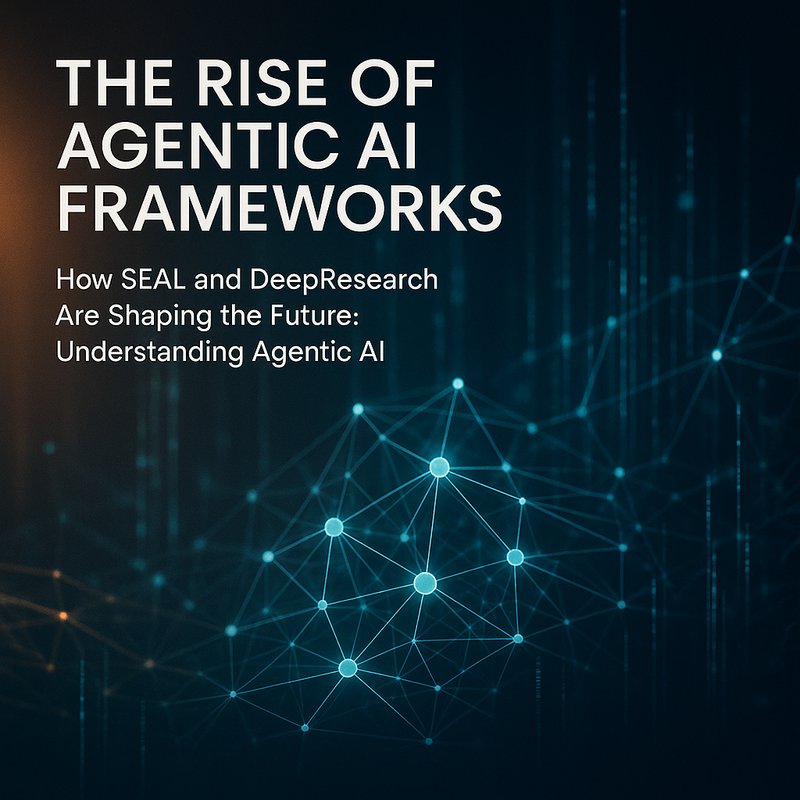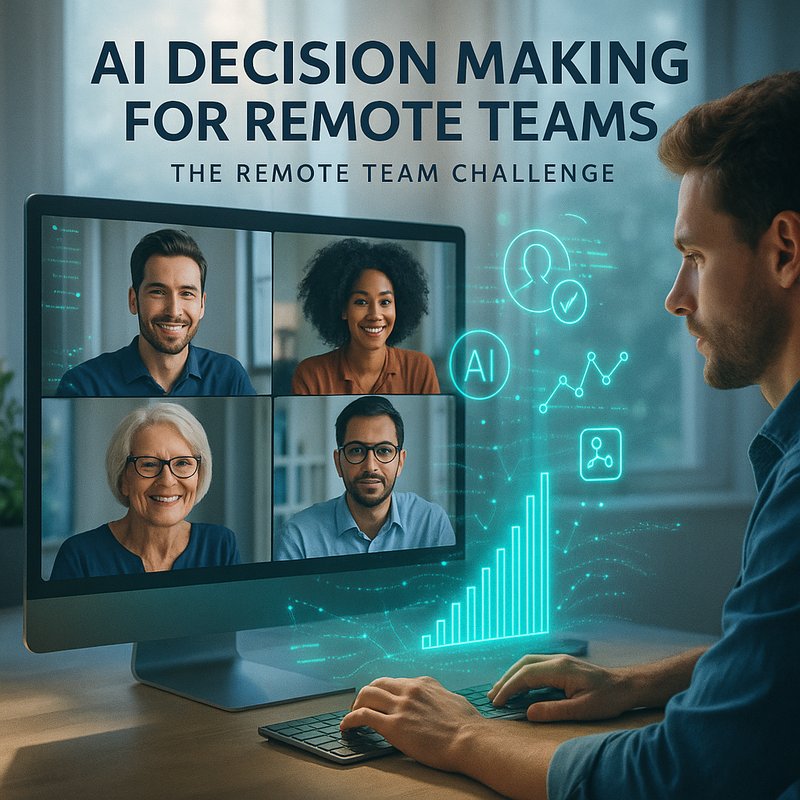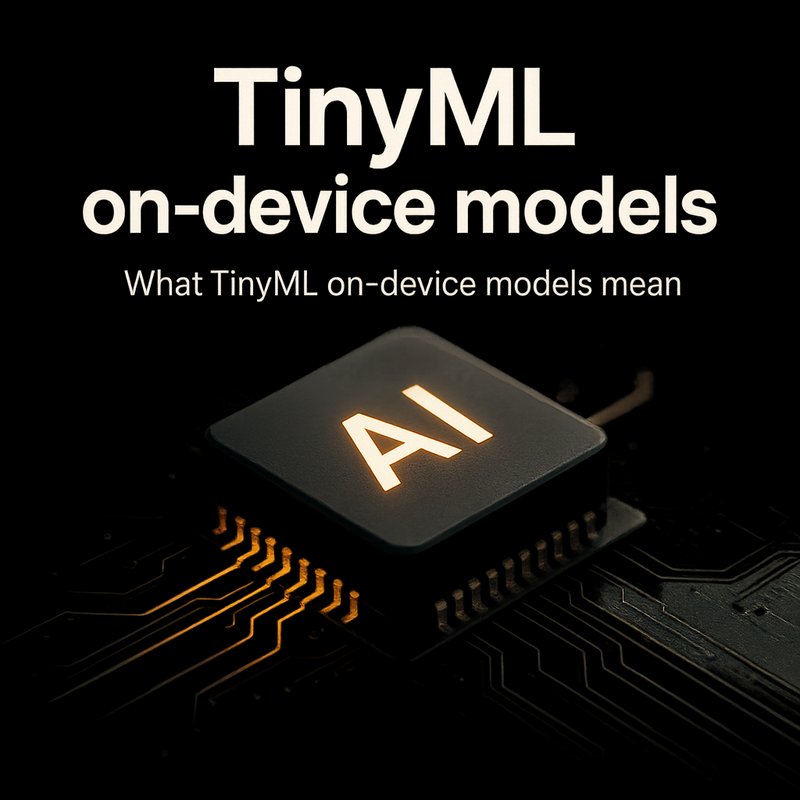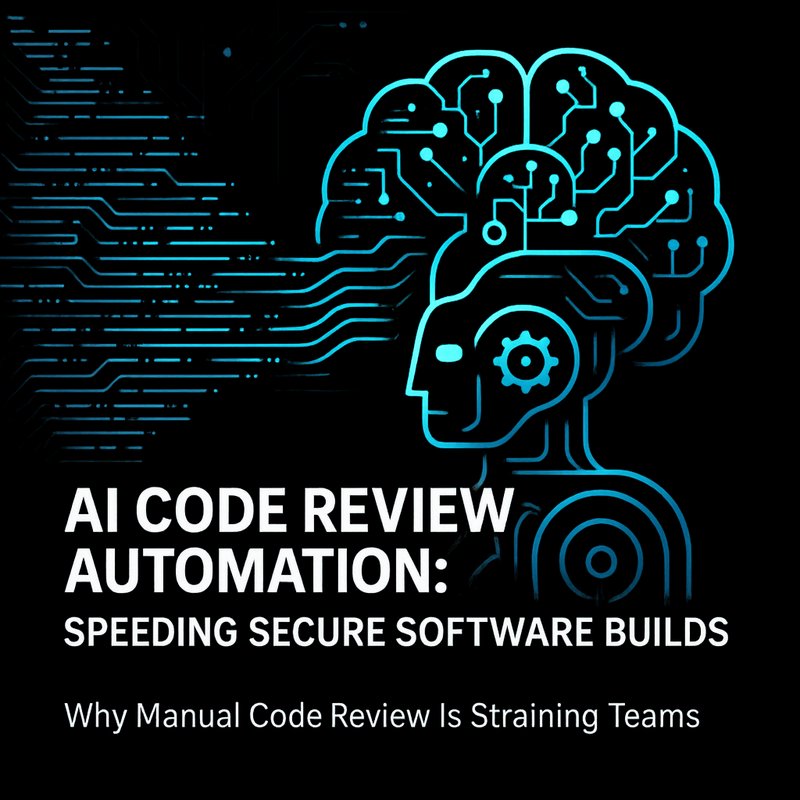AI workforce automation is reshaping the way companies hire, train, and keep their employees. In recent headlines, Amazon announced plans to replace half a million workers with AI‑powered robots by 2033. Meanwhile, AI chatbots are being used to give children advice on sensitive topics. These stories raise questions about safety, fairness, and the future of work. In this article, we’ll break down what AI workforce automation means, why it matters to everyone, and what steps businesses can take to prepare for the changes ahead.
What Is AI Workforce Automation?
AI workforce automation means using computer programs that learn from data to perform tasks that people used to do. The programs can be simple, like a chatbot that answers questions, or more complex, like a robot that picks up items in a warehouse. The goal is to do the job faster, cheaper, and with fewer mistakes.
AI systems learn by seeing many examples. A robot that shelves products watches thousands of videos of humans doing the same task, learns the best path, and then applies that knowledge in real life. A chatbot reads millions of conversations to understand what people ask for and gives the best answer it can find.
Because AI can work 24/7 and doesn’t need breaks, it is attractive to companies that want to cut costs. However, it also creates new jobs—jobs that involve training, supervising, and maintaining the AI. Understanding the trade‑offs helps everyone make smarter decisions.
The Rise of AI‑Powered Robots in Big Companies
Amazon’s plan to replace half a million workers with robots is one of the most talked‑about examples. The company wants to use AI to control robots that sort and ship products. The robots will learn to navigate warehouses, pick up items, and load them onto trucks.
- Why it matters: The plan could change the skills needed in logistics and warehouse work. Workers will need to learn how to operate and troubleshoot the robots.
- What’s happening now: Amazon already runs a fleet of robots that help workers. The new plan expands that fleet to handle more jobs.
- Challenges: The robots need good sensors and reliable software. They must handle different product shapes, sizes, and weights. Human oversight is still needed.
Amazon’s initiative is part of a broader trend. Companies in manufacturing, shipping, and retail are adding more AI tools to cut waste and increase speed. The next step is to move from “human‑assisted robots” to “fully automated robots” that require little to no human intervention.
AI Chatbots and the Generation of Young Users
A new report shows that children increasingly use AI chatbots for advice on sex and mental health. Parents and educators are worried. The bots are designed to answer questions quickly and anonymously, but they can give inaccurate or harmful advice.
- Why it’s a concern: Kids might not recognize when a bot’s response is wrong or dangerous. They can trust a machine that has no moral judgement.
- What is being done: Some developers are adding safety filters. Others are encouraging parents to supervise conversations.
- The role of AI workforce automation: The chatbots are part of the same technology that helps companies automate customer service. The same tools that answer a quick query in a call center can also answer a kid’s personal question.
The debate around chatbots shows that AI workforce automation is not only about cost savings but also about responsibility. Businesses need to think about how their AI interacts with people, especially vulnerable groups.
The “AI Blame” Narrative in the Workforce
Labor analysts warn that some companies blame AI for layoffs instead of taking responsibility. When a firm cuts jobs, it might say “AI took over” to justify the decision. This can be misleading.
- What analysts see: In many cases, AI tools were used to improve efficiency, but the decision to lay off workers was driven by profit targets or market conditions.
- Why the narrative matters: Employees and unions see AI as a scapegoat. This can erode trust in management.
- What companies can do: Be transparent about the role of AI. Show how AI tools free workers to do more meaningful tasks instead of replacing them.
Clear communication helps prevent the “AI blame” narrative. Companies that show how AI can augment human work tend to gain more support from employees.
Balancing Cost Savings with Human Value
AI workforce automation can bring huge savings. A robot can run for 18 hours a day without a break, whereas a human worker would need rest. However, the savings come with hidden costs:
- Training: Employees must learn to work with AI tools.
- Maintenance: Robots and software need regular updates.
- Safety: Physical robots can cause injuries if not handled carefully.
Businesses that adopt AI successfully often do so gradually. They start with a pilot program, measure results, and then roll out more automation. They also invest in training programs that help workers shift to new roles, such as data analysis, AI supervision, or maintenance.
A Real‑World Example: Amazon’s Pilot
Amazon started a small pilot in a single warehouse. The pilot involved 10 robots that handled a specific product line. The company measured:
- Throughput: The robots completed 30% more orders per hour.
- Error rate: The robot’s errors were lower than the human workers’ errors.
- Worker feedback: Employees reported fewer physical strains and more time for quality checks.
The results led Amazon to expand the pilot to five warehouses before fully committing to the larger plan. This step‑by‑step approach allowed the company to adjust the AI system and give workers training.

Ethical Considerations and Governance
AI workforce automation raises ethical questions:
- Privacy: AI systems collect data on workers’ habits to improve efficiency. Companies must protect this data.
- Bias: If AI is trained on biased data, it can treat some workers unfairly.
- Transparency: Workers should know when they are being monitored by AI and what data is used.
Governance frameworks can help. The EU has proposed AI regulations that require companies to assess risks and provide clear explanations. U.S. companies are also starting to create internal AI ethics boards.
How Neura AI Supports Ethical Automation
Neura AI’s platform includes AI‑powered RDA agents that automate tasks while staying transparent. For example, the Neura Keyguard AI Security Scan can detect leaks in front‑end code, ensuring that sensitive worker data is safe. Meanwhile, Neura TSB offers transcription and note generation for training sessions, keeping records of how workers interact with AI tools.
Internal link example: To learn more about Neura’s approach to secure AI workflows, visit Neura Keyguard AI Security Scan.
The Future of Jobs in an AI‑Driven World
The world is already changing. Jobs that involve repetitive manual work are increasingly automated. In contrast, jobs that require creativity, empathy, or complex decision‑making are less likely to be replaced. However, many current roles will shift.
Emerging Job Categories
| Current Job | New Role |
|---|---|
| Warehouse picker | AI Operations Coordinator |
| Customer service rep | AI Training Specialist |
| Manufacturing line worker | Robotics Maintenance Engineer |
| Data entry clerk | AI Data Validation Analyst |
These new roles require training and often pay higher wages. Companies that help employees transition can benefit from a more skilled, satisfied workforce.
Preparing Your Company for AI Workforce Automation
If you run a company that could use AI to automate, here are concrete steps:
- Identify Repetitive Tasks: Look for work that is the same every day and can be described with rules.
- Run a Pilot: Test the AI on a small scale. Measure performance and worker feedback.
- Train Your Team: Offer learning courses on how to supervise or maintain the AI system.
- Create a Governance Plan: Define who owns the AI data and how it’s protected.
- Communicate Openly: Share goals, successes, and setbacks with employees.
These steps help balance cost savings with employee well‑being.
Real‑World Impact: A Case Study Snapshot
One of Neura’s clients, a logistics company, implemented an AI workforce automation tool to manage package routing. After three months, the company saw:
- Reduced sorting time by 25%
- Lower injury rates among workers (by 18%)
- Higher employee satisfaction scores
The company credited the success to a clear pilot plan and ongoing training sessions.
Internal link example: Read the full case study here: Logistics AI Success.
Conclusion
AI workforce automation is already in motion, reshaping how we think about jobs, safety, and ethics. It offers savings and speed, but it also demands new skills and careful governance. Companies that plan ahead, invest in training, and maintain transparency can turn AI into a partner that empowers workers rather than replaces them.
By understanding the benefits and risks, you can help shape a future where technology and humans work side by side for better outcomes.
